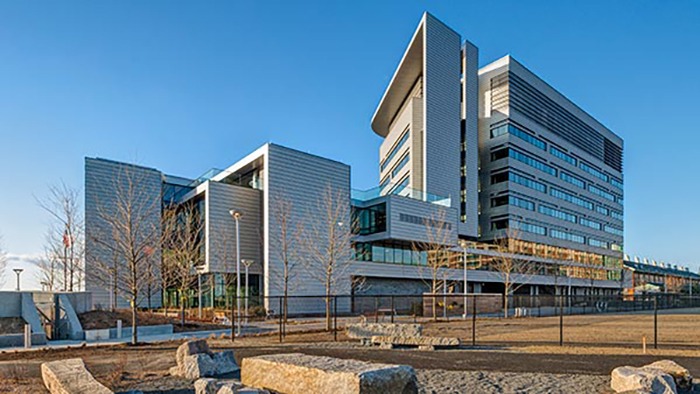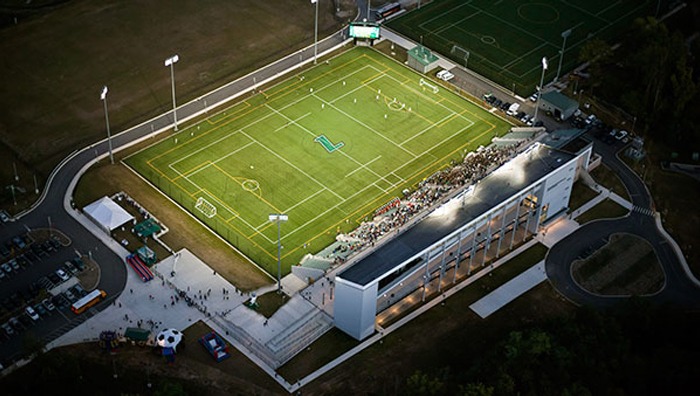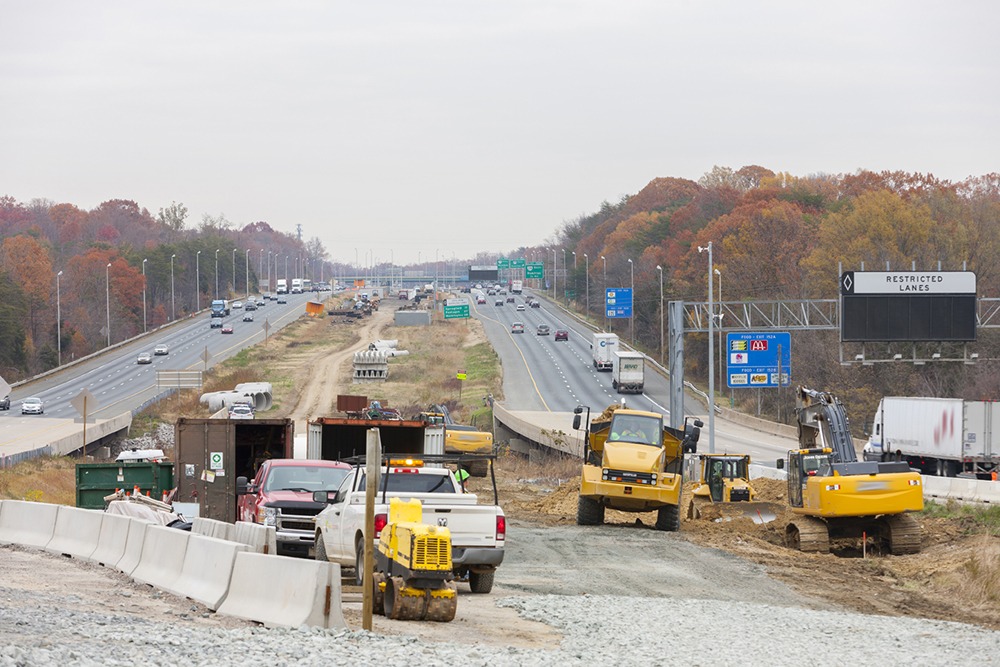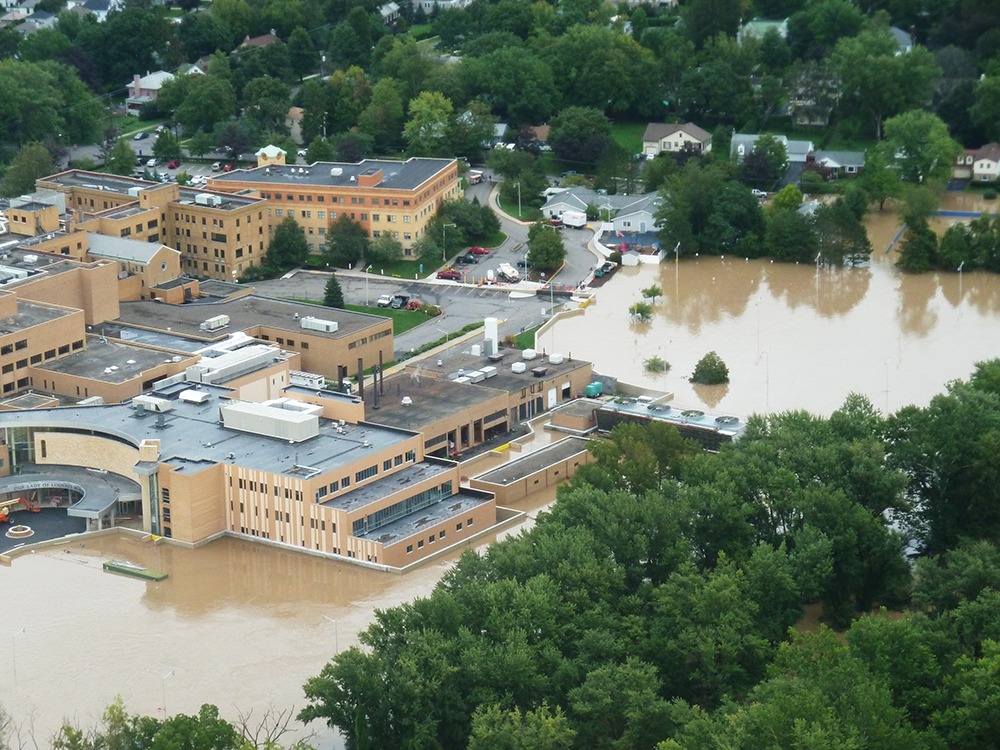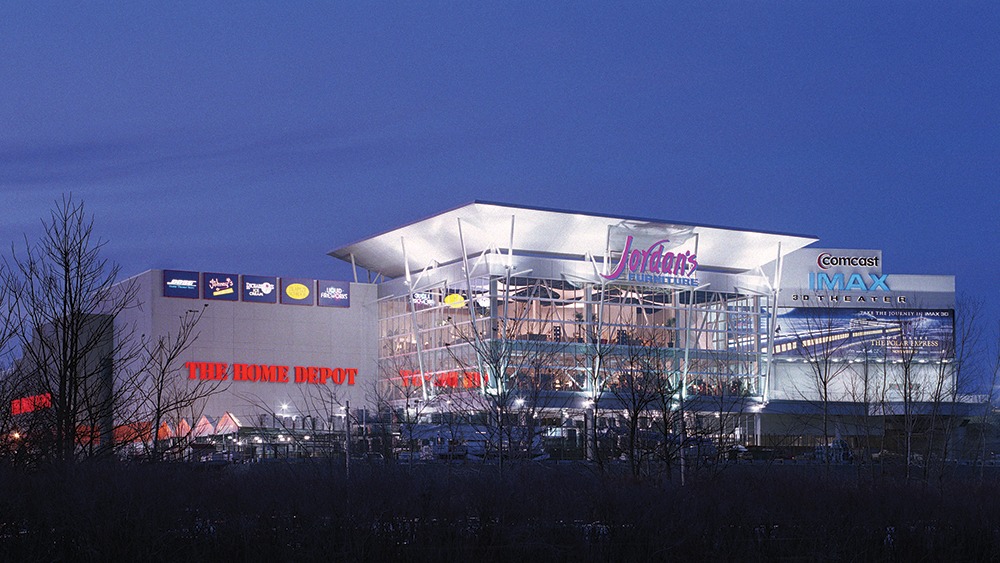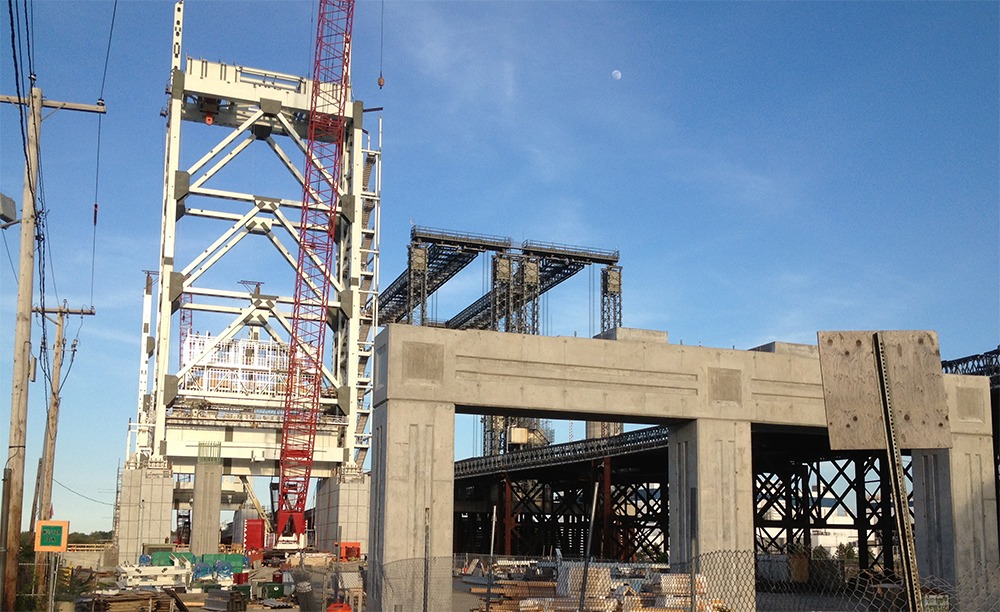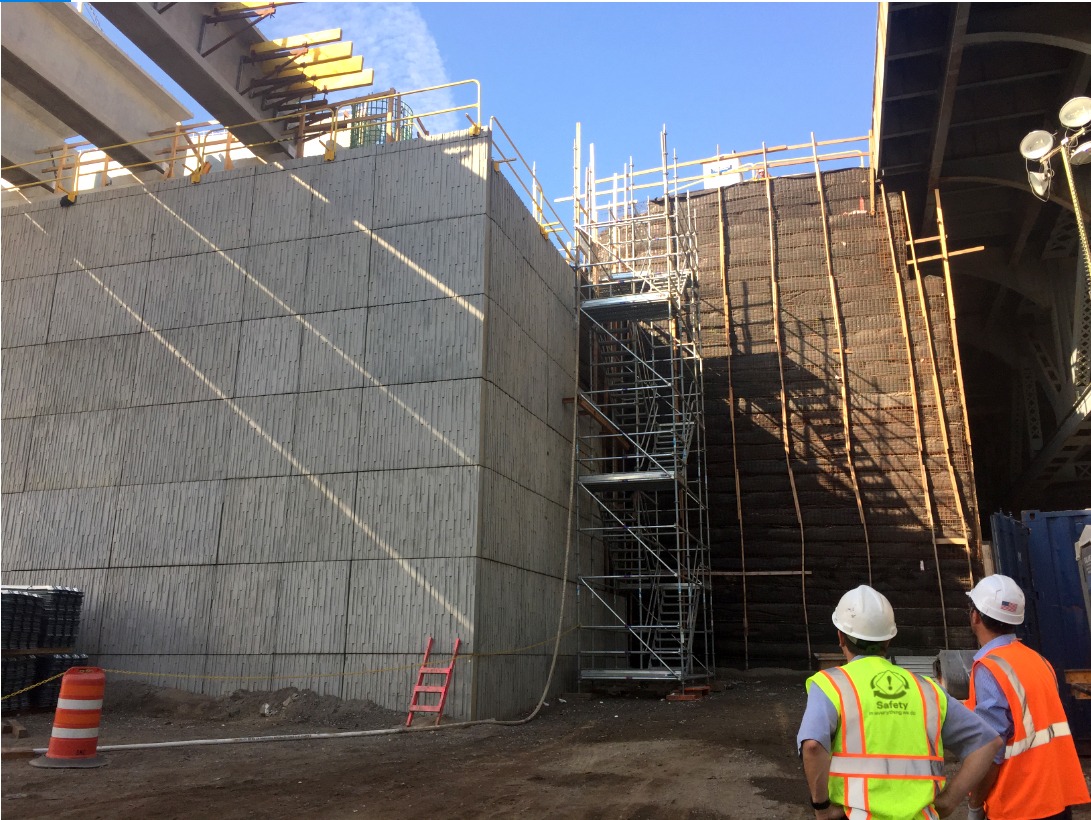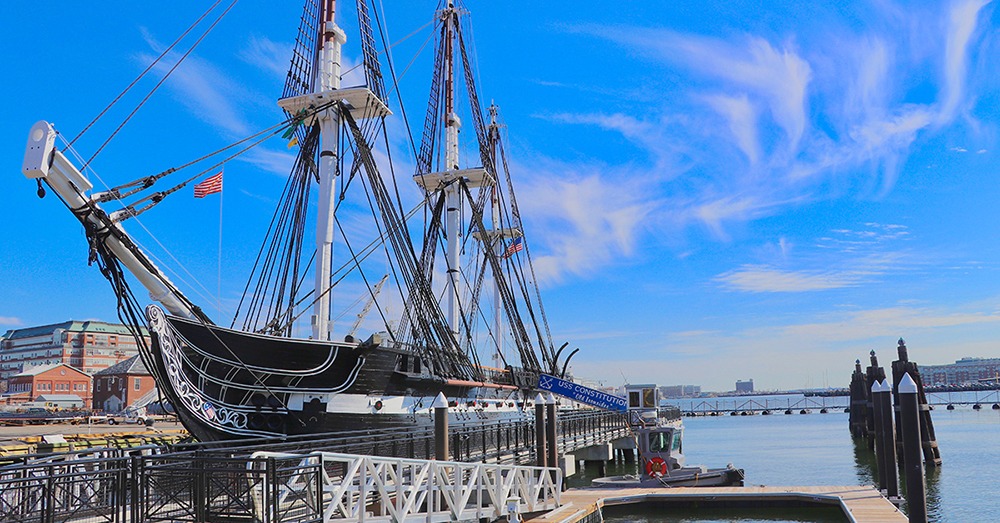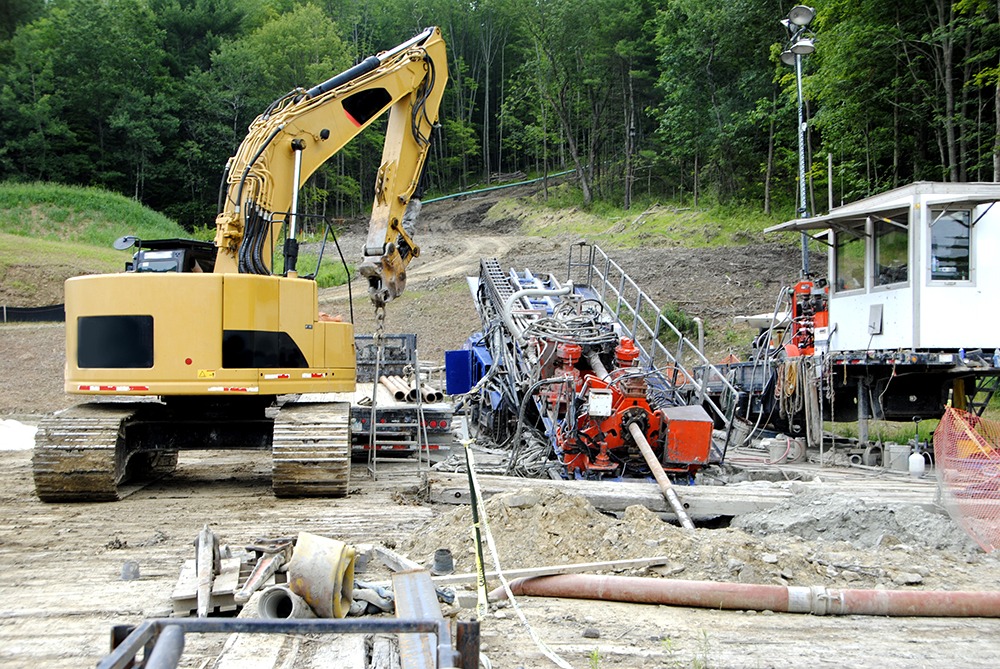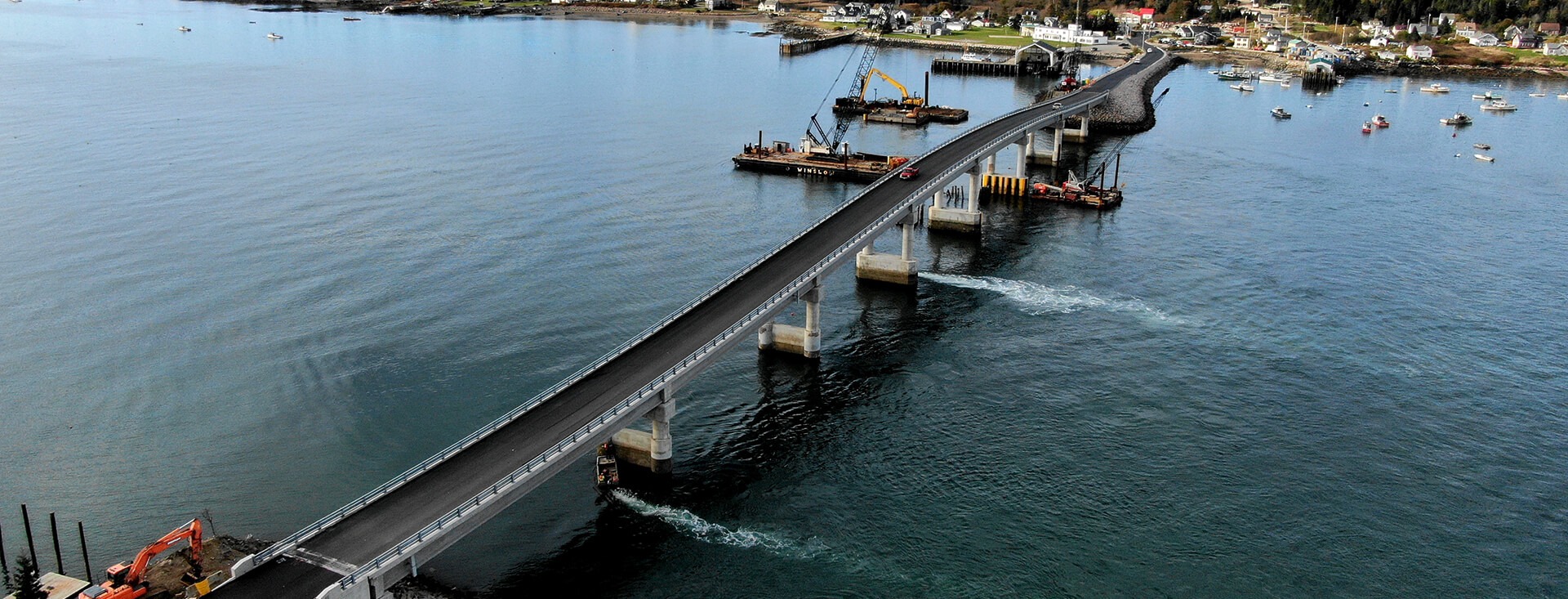
Transportation
Collaborative design of durable foundation system supports island community’s only bridge
100+ years
design life of new bridge
Summary
- Residents of Beals, Maine, have one roadway linking them to the mainland: the Beals Island Bridge. Inspections showed that the bridge, built in the 1950s, suffered from severe pile section loss and needed to be replaced.
- The Maine Department of Transportation (MaineDOT) wanted the replacement to qualify as a “forever bridge,” meaning it would last at least 100 years — 25 years longer than a typical modern bridge. This life span would make it more sustainable, but also more challenging to design and build in a delicate marine ecosystem with 12-foot tidal fluctuations, heavy marine traffic, highly variable soil conditions, and other challenges.
- Haley & Aldrich led the geotechnical design for the bridge because we could offer a collaborative and technically rigorous approach. We conducted multiple phases of exploration and soil- and rock-sample testing, and we also completed technical evaluations, working closely with partners to determine which type of foundation system would best meet project goals. Our work and our high level of collaboration resulted in an optimized, efficient foundation design that minimized environmental impacts.
- At MaineDOT’s request, we provided full-time on-site engineering support during rock-socketed drilled shaft installation and testing, allowing department staff to focus on core work.
- The new Beals Island Bridge opened in 2020. Measuring 1,062 feet long and 28 feet wide, it consists of eight prestressed concrete girder spans supported by two abutments on shallow foundations bearing on causeway rock fill and seven piers on rock-socketed drilled shaft foundations.
- The team’s collaborative approach made it possible to optimize the socket lengths and number of shafts, meet MaineDOT’s risk tolerance and design life criteria, and reduce project costs. The design ultimately resulted in a cost-effective, durable bridge foundation system for this essential link to connect the fishing and lobstering community of Beals to the mainland.
For more information, contact:

Wayne Chadbourne
Transportation Leader, Principal Consultant
Program Manager

